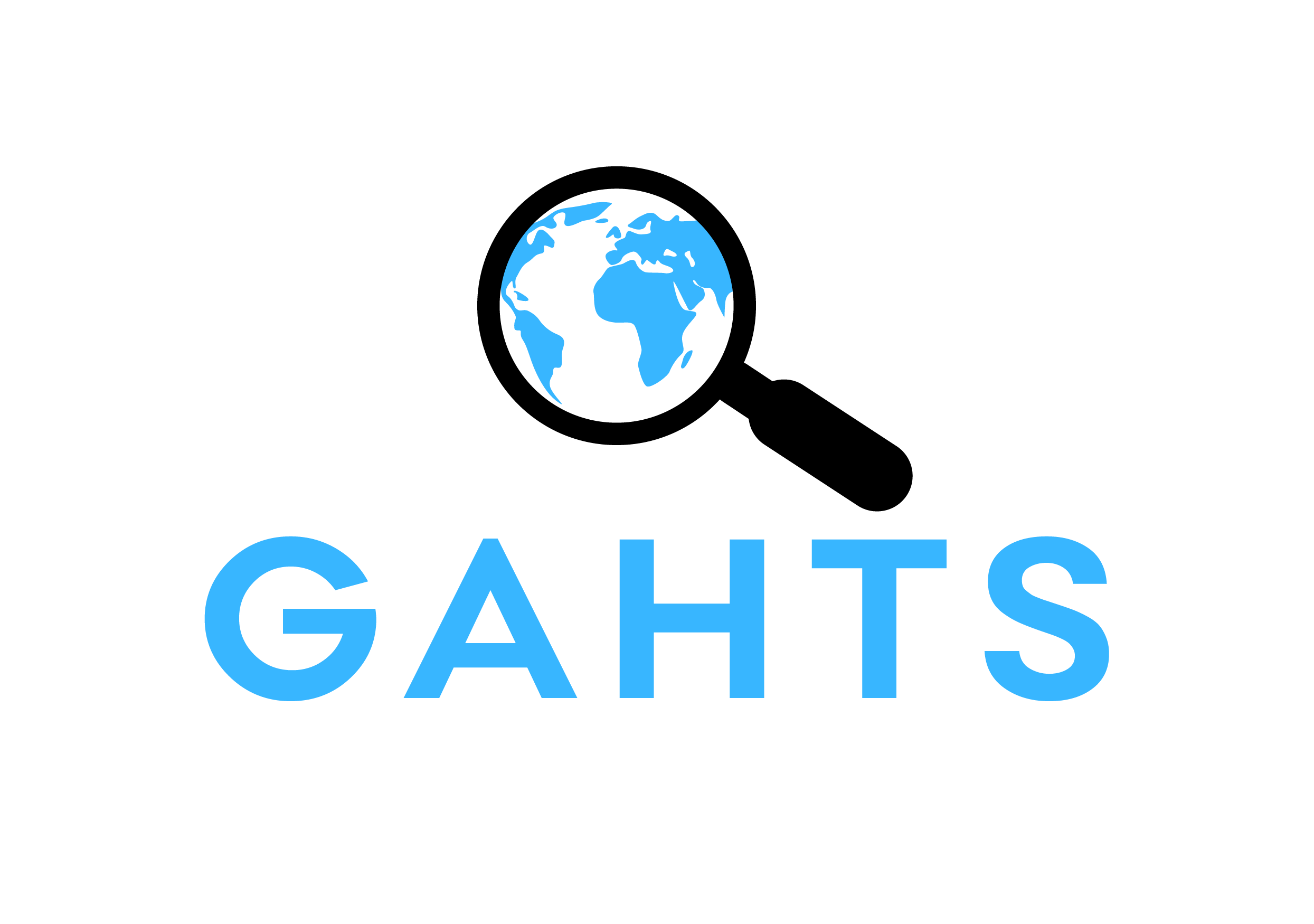No youth left behind to human trafficking: Exploring profiles of risk
Author: Reid, Joan; Baglivio, Michael; Piquero, Alex; Greenwald, Mark & Epps, Nathan
Abstract: The objective of this study was to analytically identify risk profiles for juvenile human trafficking (JHT) based on adverse childhood experiences (ACEs) and health risk behaviors. First, the study examined which types of ACEs and health risk behaviors were more prevalent among trafficked adolescents using a sample of 913 male and female juvenile-justice-involved adolescents with suspected or verified JHT abuse reports documented between 2009 and 2015 and a comparison group (matched by age, gender, race, ethnicity, and location). Second, latent class analysis was used to identify profiles of risk for JHT. Finally, associations between JHT risk profiles and demographic characteristics provided a more comprehensive depiction of various types of trafficked adolescents. Study findings indicate that adolescents with JHT abuse reports were more likely to report child maltreatment and internalizing health risk behaviors reflective of self-harm and attempts to cope with trauma. Trafficked youth were less likely to report externalizing health risk behaviors related to violence or harming others. Six distinctive profiles of risk for JHT were identified. Three JHT risk profiles were characterized by extensive child maltreatment and health risk behaviors and were differentiated by placement in foster care and substance use. Three JHT risk profiles were characterized by less extensive histories of child maltreatment and were differentiated by drug use. In conclusion, these findings highlight that the current depictions of adolescent victims of human trafficking are too narrow and may lead to critical health care and service provision disparities for many trafficked adolescents.
Keywords: juvenile human trafficking, adverse childhood experiences, health risk behaviors
